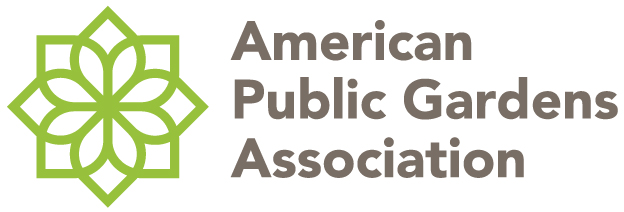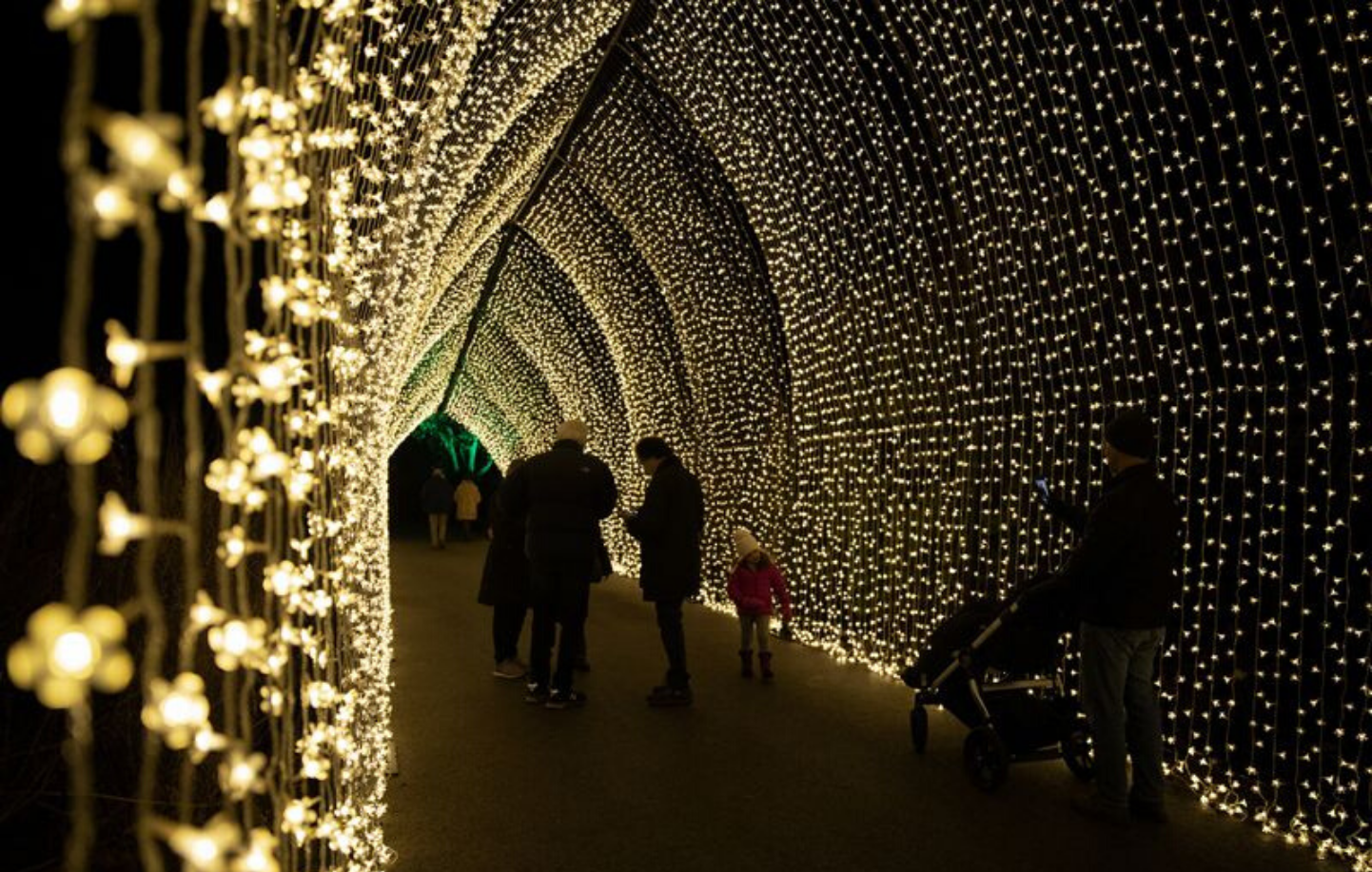A streetwear art exhibit and a new holiday lights display guided the only big attendance increases at the most popular area museums and nature parks in 2019.
Chicago Botanic Garden rode the success of its new “Lightscape” year-ending holiday lights show — it sold out nearly every ticket — to a total of 1.275 million visitors, the highest in its 48-year history.
“Chicagoans know how to put on their hats and gloves and get outside,” said Jean Franczyk, the Glencoe institution’s president and CEO. “Certainly, ‘Lightscape’ proved that.’”
The 2019 figure was a 22 percent increase over 2018 and its seventh straight year with more than a million visitors. "2019 was the first time we stretched ourselves into that November, December period,” Franczyk said, adding that the more than 175,000 who saw “Lightscape” proved there is hunger for the nature park’s “original 3D experience” of getting outside.
Chicagoans went inside in summer, though. At MCA Chicago the mid-year exhibit on Virgil Abloh, the Rockford-raised streetwear-turned-high fashion designer, helped boost that institution 24 percent, to 346,000 visitors, the second highest since it was founded in 1967.
“Virgil Abloh: Figures of Speech” was the third most popular exhibition MCA has mounted, behind 2014’s David Bowie show and its most popular, “Takashi Murakami: The Octopus Eats Its Own Leg.” That 2017 exhibit led MCA to its all-time record of 371,000 visitors.
The year’s biggest attendance loser was the Museum of Science and Industry, which saw its visitorship drop more than 10 percent, to 1.388 million. MSI’s big special exhibition for 2019 was “Wired to Wear,” a lively survey of very new, very high-tech garments and other wearables.
On the Museum Campus, for the second straight year moderate declines were the story of 2019. Adler Planetarium visitorship fell 3.6 percent, to 507,000. Shedd Aquarium dipped 4 percent, to 1.824 million. And Field Museum fell 2 percent, to 1.494 million.
 Still, overall attendance at the major museums and nature parks tracked here — 14 institutions on Chicago Park District land, plus the Illinois Holocaust Museum and Morton Arboretum — was up almost 2 percent. For perspective, the more than 16.7 million visitors these institutions welcomed more than doubled the fewer than 7 million Bears, Blackhawks, Bulls, Cubs and White Sox home tickets sold in their most recent seasons.
Still, overall attendance at the major museums and nature parks tracked here — 14 institutions on Chicago Park District land, plus the Illinois Holocaust Museum and Morton Arboretum — was up almost 2 percent. For perspective, the more than 16.7 million visitors these institutions welcomed more than doubled the fewer than 7 million Bears, Blackhawks, Bulls, Cubs and White Sox home tickets sold in their most recent seasons.
All of these figures are self-reported by the institutions. The area’s most popular attraction, Lincoln Park Zoo, does not charge admission or keep a gate count and so relies on statistical methods to tally its attendance.
Milder outdoor weather in December for their longstanding lights shows helped both Lincoln Park and Brookfield welcome more people this year. Brookfield missed hitting the 2 million plateau by 876 visitors; its 1.999 million tally was a 4.7 percent improvement over 2018. Lincoln Park welcomed 3.595 million for a 5 percent increase.
Posting gains of 5 percent or less were the Art Institute, Chicago Children’s Museum, and DuSable Museum of African American History. Illinois Holocaust Museum was up almost 7 percent, to 128,000 visitors.
DuSable last year reported more than 146,000 visitors, but that number was for through-the-door attendance and programs out in the community. Comparable data is not available yet for this year, museum officials said. Its slight increase from 2018 to 2019 reported here is for visitors entering the museum only.
Away from Museum Campus, small declines were recorded at the Notebaert Nature Museum, Chicago History Museum, Morton Arboretum and National Museum of Mexican Art. Still, Morton’s 1.240 million attendees were the arboretum’s second most in history.
Another major draw in the Chicago museum world, Kohl Children’s Museum in Glenview, saw a 6.4 percent audience decline this year, to 285,000 from 305,000.





